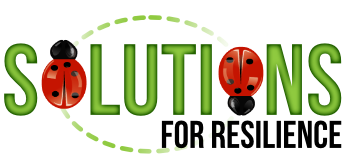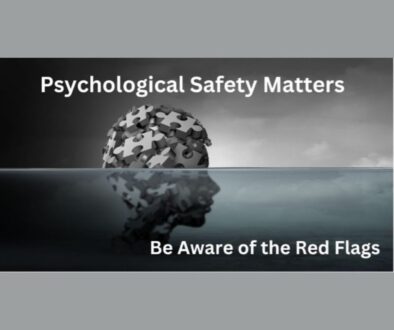How to Strengthen Your Internal Locus of Control

For many of us, it feels as if life is happening to us. We have a sense of being controlled by the events and circumstances outside of ourselves. But the late psychiatrist and author, Viktor Frankl, described how our internal Locus of Control can help us survive challenges, even unspeakable adversity. As a survivor of The Holocaust, he describes his discovery in his book, Man’s Search for Meaning.
Locus in Latin means place or location. Where do you reside in your mind and attitude—internally or externally? Those with a strong internal locus of control believe that they are primarily in charge of their lives. Those with a strong external locus of control believe that they are primarily at the mercy of other people, fate or chance. They often perceive themselves as victims of their situations.
Research by Julian Rotter concluded:
Those who are passive about their well-being believe they have little or no control over their lives. They have an external locus of control. Those who take the most effective action on their own behalf believe they are primarily in control of their lives. They have an internal locus of control.”
What an individual believes about their internal or external locus of control becomes self-fulfilling.

Those with a strong EXTERNAL Locus of Control often:
- Feel victimized
- Feel resentful
- Feel powerless
- Blame others
- Think pessimistically
- Seek approval
- Expect to be rescued
- Get stuck
They believe:
- My thoughts, choices, and behaviors do not affect my life.
- Problems work out or they don’t.
- Life is a matter of luck or fate.
- My happiness is dependent on others’ approval and perceptions.
- It doesn’t matter what I think, believe or do.
Those with a strong INTERNAL Locus of Control often:
- Honor their feelings
- Feel at peace
- Feel empowered with courage
- Think optimistically
- Stay in integrity
- Expect life’s ups and downs
- Bounce back quickly
- Explore possible solutions
They believe:
- What happens to me is largely the result of my efforts and choices.
- I can always choose my response.
- I can choose my thoughts . . . and consequently my feelings.
- I am responsible for my own happiness.
- I choose who I am and what I do.
The theologian Reinhold Niebuhr created the serenity prayer which has helped many develop their Internal Locus of Control. This prayer has been used for decades by Twelve Step Programs. The Serenity Prayer is commonly quoted as:
God grant me the serenity to accept the things I cannot change, courage to change the things I can, and wisdom to know the difference.”
None of us have a perfect Internal Locus of Control. We are human. We are somewhere on a continuum as the line indicates below.
External Locus of Control ——————–X——Internal Locus of Control
X marks a pretty darned empowering and mentally healthy spot! Where do you imagine you are on the continuum from External to Internal Locus of Control? Where would you like to be? I know from my tumultuous early thirties, I have moved significantly to the right. All the best with your journey of finding your internal locus of control!
Please check out these related posts:
- Book Summary: Man’s Search for Meaning
- You Demonstrate Courage Every Day in Many Ways
- Book Summary: Learned Optimism




June 23, 2018 @ 2:48 pm
Thank you for this webpage. I plan to use the continuum with teens that you have diagrammed above. They will initially mark where they are and hopefully progress to higher internal indications as we progress with talks about internal LOC.
June 24, 2018 @ 1:34 am
Hi Cynthia,
Thank you for leaving your comment. I am glad you found the description of Internal Locus of Control of interest and help. And thank you, for your important work with youth.